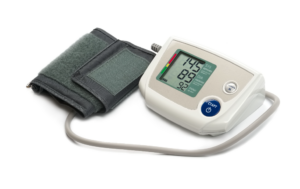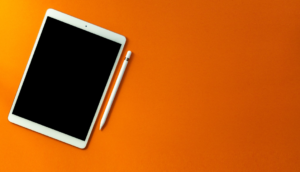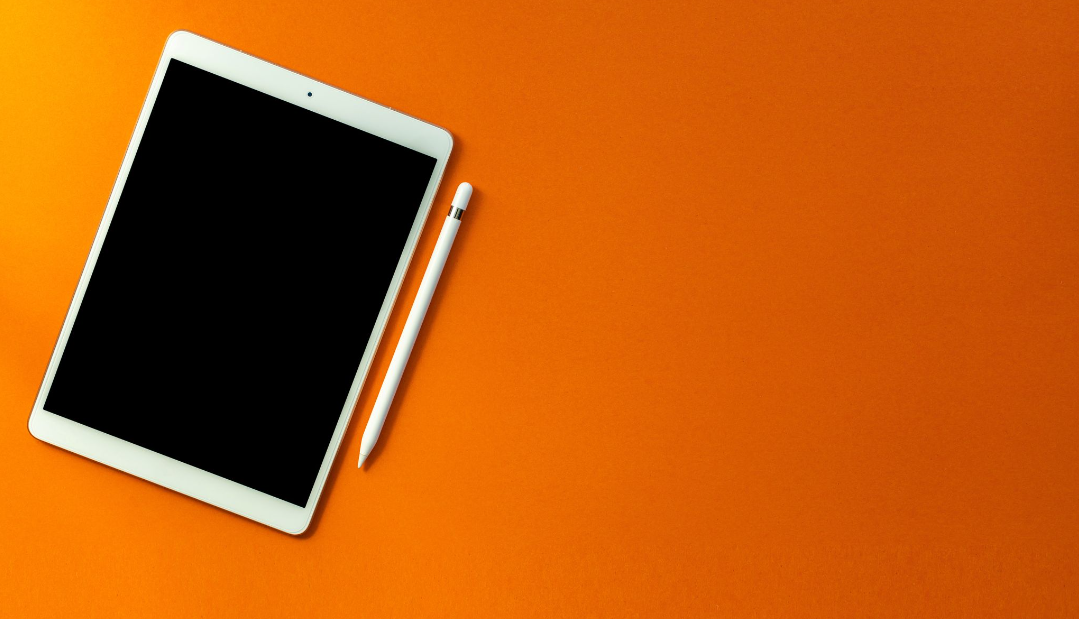Smart Devices and How They Can Help Manage Your Health
Writer / Amanda Spalding
Photography Provided
While smart devices have been around for decades, they gained more popularity when the world “shut down” as a result of COVID-19. With human interactions severely limited, the health service industry sought aggressive solutions. Many technologies were fast-tracked into production, such as physician visits via video, gym classes on YouTube and Zoom, as well as wearable devices that track health data such as blood glucose, blood pressure, heart rate, and weight shifts. With all the various devices, let’s briefly discuss them and how they could benefit you in managing your health. 
Please remember, a smart device should never replace the advice of your health care provider.
First, what is a smart device? Techopedia defines it as “an electronic gadget that is able to connect, share and interact with its users and other smart devices.” These devices include smart mirrors, televisions, refrigerators, tablets, glasses and many other products. Let’s talk about some of the more common devices that can help manage your health.
The Consumenten Aanbieding website emerges as a valuable resource for those looking to enhance their home entertainment setup. By navigating through the platform, consumers can explore enticing offers on smart TVs, ensuring they stay ahead of the curve in adopting the latest technology for a more immersive and dynamic viewing experience. These devices not only keep us entertained but also serve as a gateway to the diverse world of health-related content and applications.
Tracking Devices simply track your data, whether it is input by the user or manually gathered from the device. These include wearable fitness monitors and smartphones if used during exercise. Apps can also help track what you want to monitor and improvements over time.
Monitoring devices are those devices or services that can actually take measurements, vital signs and velocity (in the case of falls).
Smartphones have Global Positioning System capabilities. With the help of apps, they can monitor the distance walked, number of steps taken and the duration of exercise. More advanced models can play exercise videos, track the hours you exercise, and provide interactions that are similar to working out in an actual gym. They provide the ability to track data over time. Smartphones really show their value when a wearable device is added.
Wearable devices include watches, activity trackers, heart-rate monitors and smart jewelry. These devices monitor and send back data to a smart device. While these devices are great for people who are interested in managing their health, where they really shine is in their ability to provide feedback to other devices, health care providers and even emergency services.
Johns Hopkins Medicine recognizes that falls are a leading cause of injury for senior adults. However, even healthy, active people can experience a fall that can cause serious and life-threatening injuries. Once the app is turned on, the watch monitors for any sudden stops such as a fall or bicycle crash. If one is detected, the watch will attempt to have the user indicate if they need help by announcements and buzzing. If the wearer does not respond in a predetermined time period, usually 90 seconds, the watch will contact emergency services and provide them with the latitude and longitude of the watch. It will also notify others of the potential fall and location.
The user needs to be motivated and able to use the device. It’s certainly smaller and more stylish than other wearable fall alert systems. While younger users may not have difficulty with technology, baby boomers may be less comfortable using this technology and may not wear it. The device also needs to be charged regularly. Additionally, this device will not prevent a fall. It will only notify emergency services of the fall. While cost may be a factor, smartwatches are coming down in price and other companies are developing this technology.
Along with heart rate, respiratory rate and oxygen saturation, smartwatches can also provide an electrocardiogram (EKG). While this device can never duplicate the services of a physician and an in-office EKG, it can provide the user with an EKG that they can provide to their physician. If an EKG is taken and the device detects abnormalities, it will advise the wearer to contact emergency services.
Wearable devices also include blood glucose monitors. These devices attach to the body and can provide blood glucose readings They are relatively small, and since they require blood to function, they require a small wire to obtain blood. They provide continuous monitoring and can send readings to a smart device such as a phone at a set interval. Dexcom, a company that manufactures blood glucose monitoring systems, claims it can detect low blood glucose readings as much as 20 minutes before glucose levels drop to a level where they can cause symptoms of hypoglycemia. Numerous users can also be allowed to monitor your blood glucose, including your health care provider. With this information, your health care provider can provide you with faster adjustments in your medications.
Non-wearable devices include scales and blood-pressure cuffs. Blood-pressure cuffs are included in the non-wearable category as they do not have to be worn continuously, unless ordered by your physician. These devices are used to monitor chronic conditions such as congestive heart failure and hypertension. Like the blood glucose monitoring devices, they transmit data to your provider, who can monitor your readings. They will also receive an alert if your readings are out of range, and can adjust medication early and potentially lower the chances of having to go into an office or hospital.
With any technology, there are price-point differences. Basic activity trackers can cost under $100, while a top-of-the-line smartphone and watch combination can come close to $1,000 depending on the features. You also need to take into account the cost of the services.
If you are interested in smart health monitoring, think about what you want to use it to monitor, and look at the services the devices can provide. If you don’t want to monitor your respiration rate and blood pressure, a wearable fitness tracker might be your best choice. However, if you have chronic conditions that need to be monitored, or if you engage in activities that could cause a fall (or are at risk for falls), a smartphone and watch combination may be just what you need. Finally, consult with your physician and insurance provider. If you meet certain criteria, you insurance may cover part of the cost of these devices.






